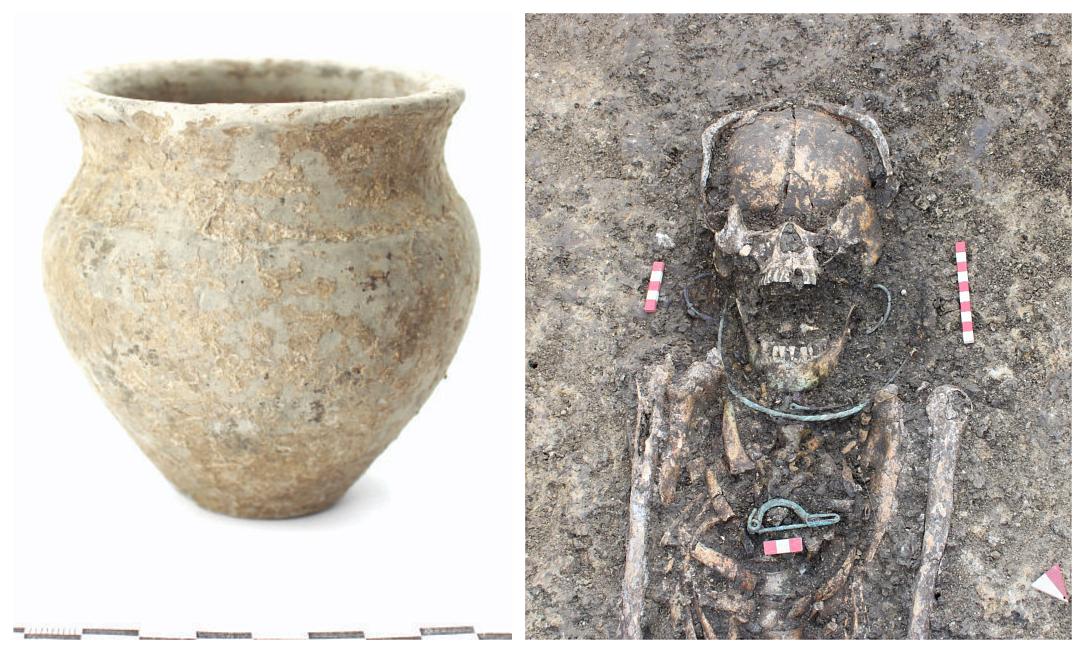Western Romania: 2,000-year-old Sarmatian necropolis discovered in Timișoara

A Sarmatian necropolis nearly 2,000 years old was discovered after archaeological excavations were carried out at the Mehala II site in the municipality of Timișoara, in western Romania.
Researchers discovered 15 inhumation graves, most arranged in rectangular pits with rounded corners, although some no longer retain their original outline, having been disturbed by the passage of time, according to the official website of the Timiș County Directorate for Culture.
The discoveries at Mehala II shed light on an important part of the Banat region’s history, during a time when Sarmatian tribes inhabited it, between the 2nd and 4th centuries AD.
Among the remains discovered are both children and adults, and some graves show signs of disturbances, with dislocated bones or skeletons. A particularly notable detail is represented by two graves where traces of charcoal were found, indicating the use of wooden coffins. These ancient coffins were apparently much narrower than the pits in which they had been placed.
The graves also held items of clothing, adornments, or everyday objects made of bronze, silver, bone, or clay. Archaeologists discovered buckles, rings, fibulae, bracelets, earrings, necklaces, silver coins, beads made of glass, kaolin, or amber, spindle whorls, clay vessels, and even iron knives. These items reveal social status, craftsmanship, attire, and rituals of those who lived here nearly 2,000 years ago.
"Of the 15 graves, complex 12/2021 stands out, where the skeleton of an adult was found alongside that of a child, placed near the adult’s left arm. Another remarkable grave, 4/2024, revealed a true treasure trove of objects: silver earrings near the skull, silver necklaces, amber beads, a silver fibula on the chest, bracelets, a silver coin, clay, ceramic vessels, beads made of glass or kaolin, all carefully placed next to the deceased," the specialists involved in the project also noted.
(Photo source: DJC Timis)












